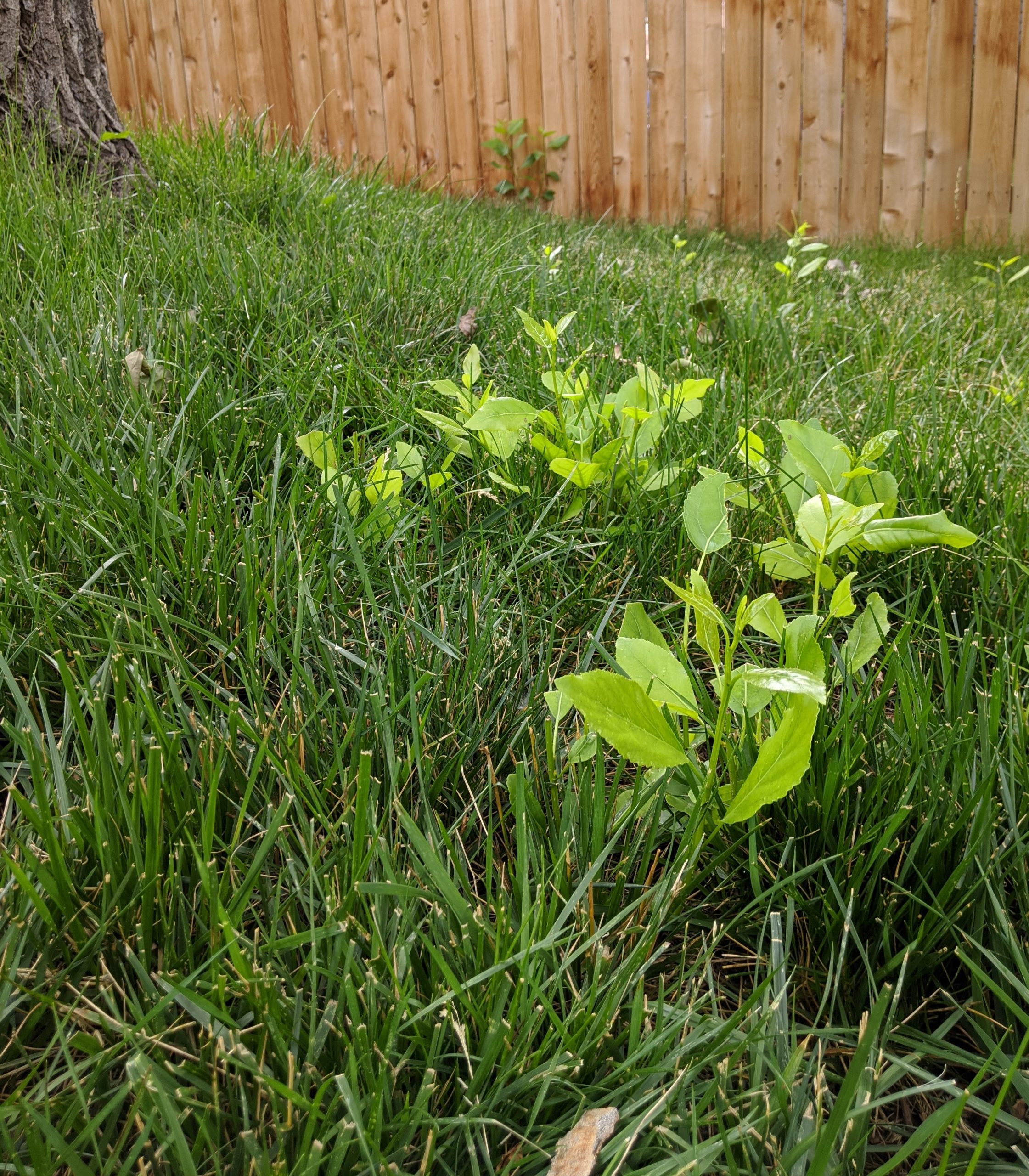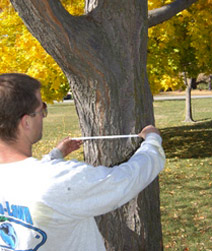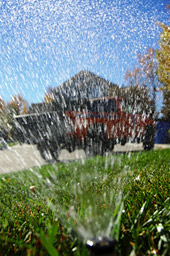1. Where has the Emerald Ash Borer been spotted in Colorado?
- As of 2018, The Emerald Ash Borer or EAB has been found in Boulder, Longmont, Lafayette, Lyons, and Superior. We recommend a trunk injection treatment for Ash trees in these cities and the surrounding cities such as Niwot and Louisville. This treatment, called Tree-Age, will both protect the tree from infestation, and kill any borers that are already in the tree.
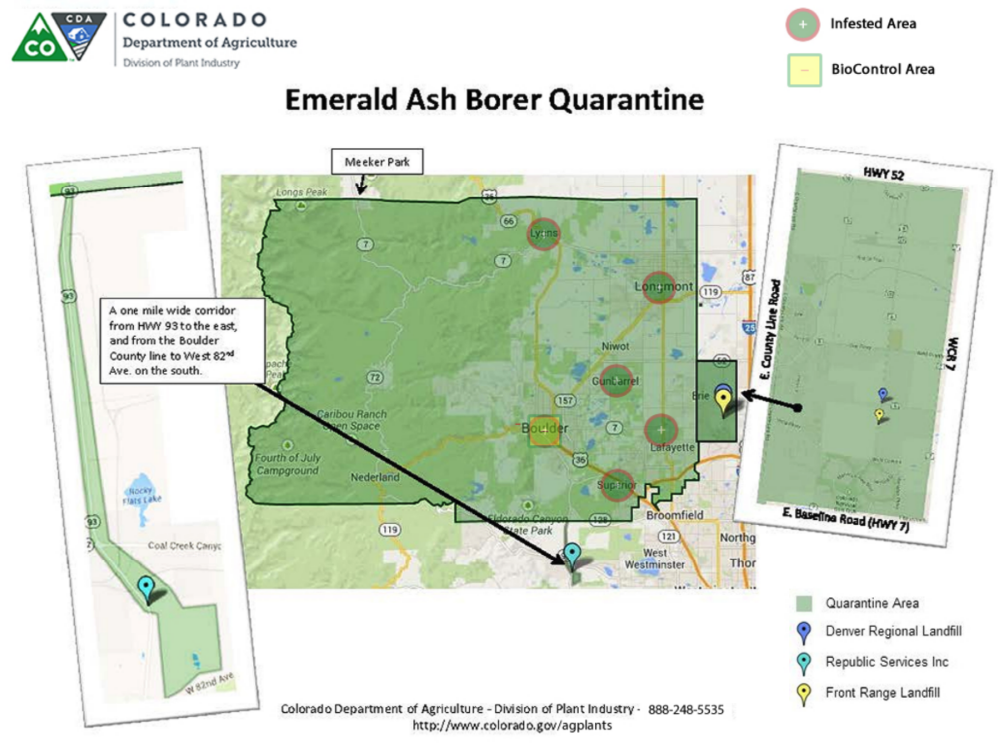
2. Will the Emerald Ash Borer kill my tree?
- Unfortunately yes, if the tree gets attacked by the EAB it will kill the tree. The damage first starts with the adults feeding on the leaves of the tree. This doesn’t do much harm. The next step the adults bore into the tree to lays its eggs. The most harm is done by the larvae that travel in S-shaped patterns in the tree to feed. The tunnels that are formed by the larvae will keep the tree from being able to push nutrients and moisture through the tree. Causing the tree to die from starvation and drought.
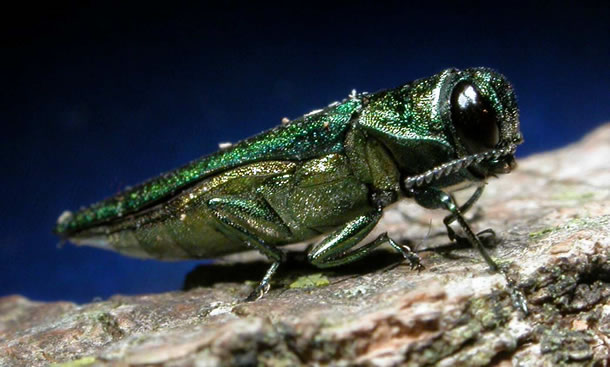
3. How long has the Emerald Ash Borer been in the Front Range?
- It was first found in Boulder near 30th and Iris on September 23, 2013. And has a since spread to Longmont, Lafayette, Lyons, and Superior. The most recent being Superior on June 18, 2018.
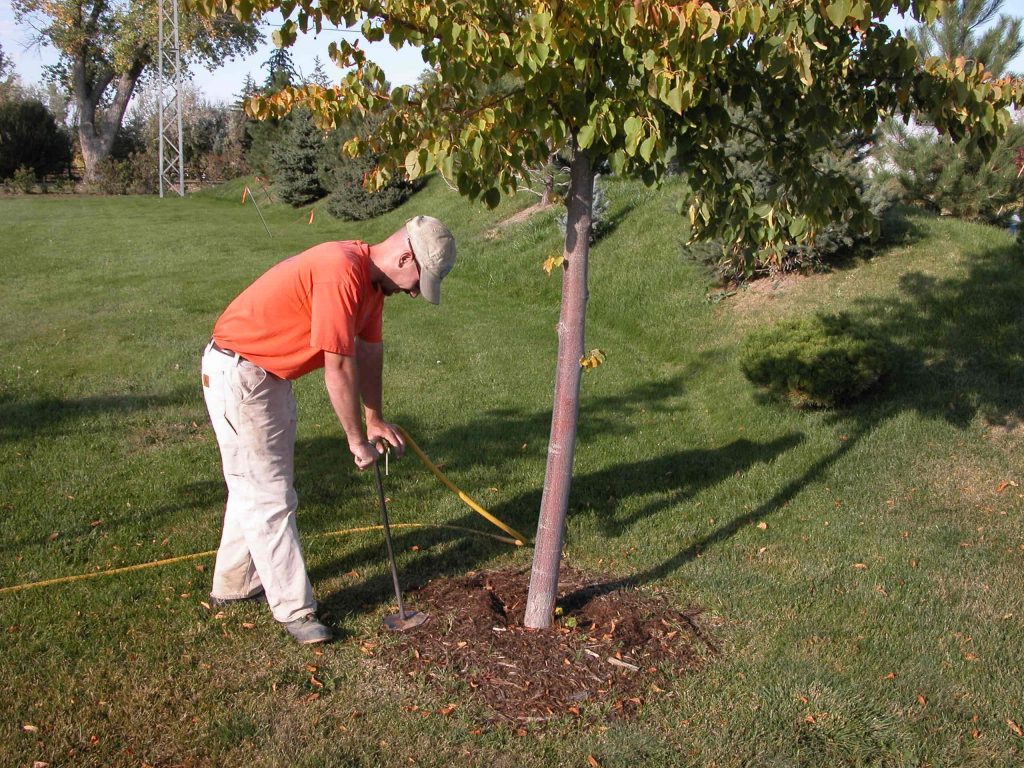
4. How can I protect my tree from the EAB?
- If you are in one of the cities (listed above) that the borer has been found in we highly suggest doing a Tree-Age treatment, which works both proactively and reactively to protect the tree. Likewise if you are in a surrounding city such as Erie, Niwot, or Louisville and you have an Ash tree you can’t stand to lose we would suggest using the Tree-Age. It will protect the tree for 2 years.
- Another option is a preventative treatment called Merit. If you are further outside of Boulder County you might be able to get away with doing a preventative only treatment. This will not kill any borers that are potentially in the tree. Merit is a treatment that needs to be done yearly for prevention.
- Once you have treated the Ash with Tree-age, two years later you can switch over to Merit which is performed annually. You want to be careful to not let this treatment lapse so there is no chance of more borers moving in
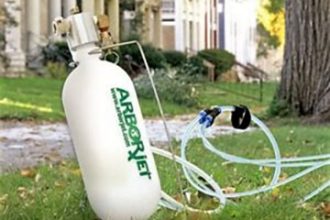
5. What are the signs of an EAB attack?
- The initial signs of an Emerald Ash Borer attack can be hard to detect. The most obvious sign of an infestation is canopy die-back, which can take up to 5 years to see. By the time you see these signs it is usually too late to save the tree. The borers will infest the upper branches of the tree, so even finding the “D” shaped holes they leave when exiting the tree can’t be seen from ground level. If you do see them at ground level the tree is severely infested and will probably not recover.
- You might see more woodpecker activity as they are trying to get to the larvae in the tree
- Bark splitting might occur, that will show the “S” shaped tunnels the larvae make.
- In late stages of infestation, you might see sprouts form on the trunk of the tree or its roots
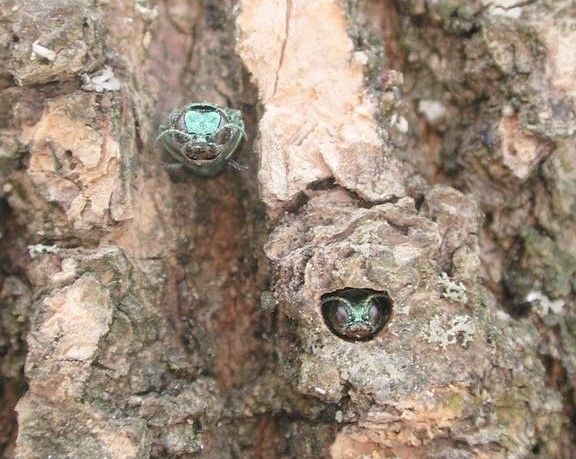
6. How do I know if I should treat my Ash?
- Because the signs of infestation are hard to see until it is too late. If you have an Ash that is important to your landscape then you should have the tree treated. The trees we would most recommend to treat would be healthy Ash trees. If the tree is severely stressed, or weak, it might not be worth treating as those trees will possibly not absorb the treatment.
7. How can I tell the difference between the EAB and other borers?
- The most common other borer found on an Ash tree is the Lilac Borer,but the signs of infestation are quite different. It is best to have a tree expert come to diagnose the issue because the Emerald Ash Borer is so detrimental to the tree.
- Emerald Ash borer has “D” shaped exit holes – while the Lilac Borer exit holes are irregularly round.
- The Emerald Ash Borer larvae will first attack the upper part of the tree leaving “S” shaped tunnels under the bark, and the irregular patterned tunnels formed by Lilac borer larvae are mostly confined to the lower trunk of the tree.
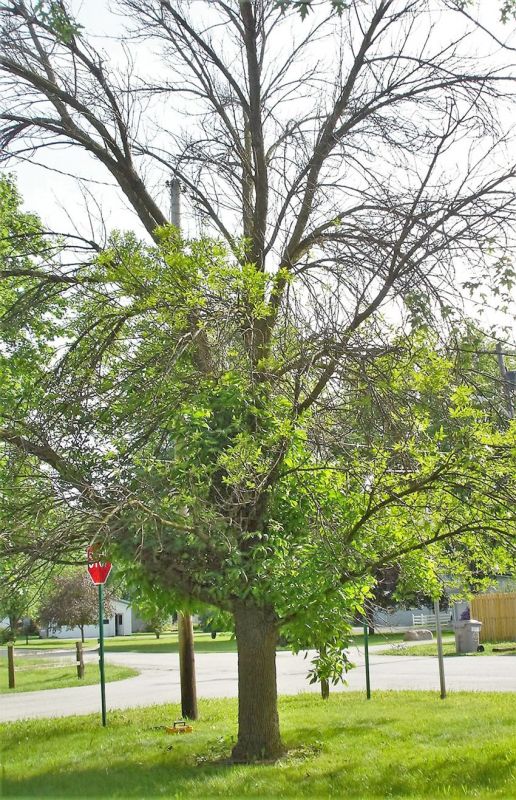
8. Is there anything else I should know about Emerald Ash Borers?
- The bottom line is keeping the tree healthy by doing deep root tree fertilization, and removing any dead branches during the winter, will help it survive if an attack does happen.
- If you have an important Ash tree that you would like to keep then we would suggest getting it protected with Tree-Age.
- The Department of Agriculture has suggested not to plant any new Ash trees, and to never move firewood of an Ash tree out of the area.

